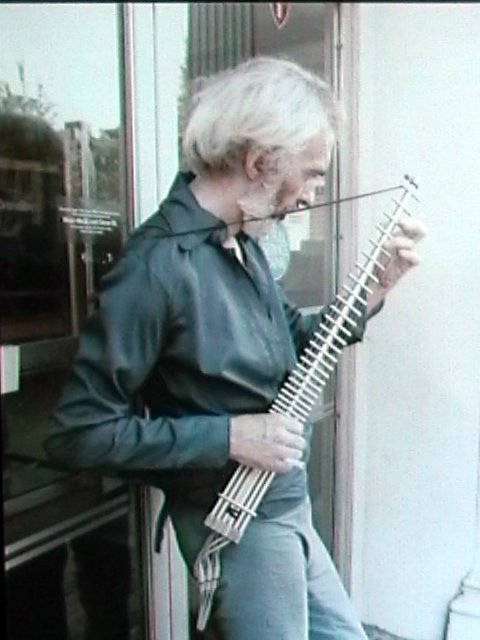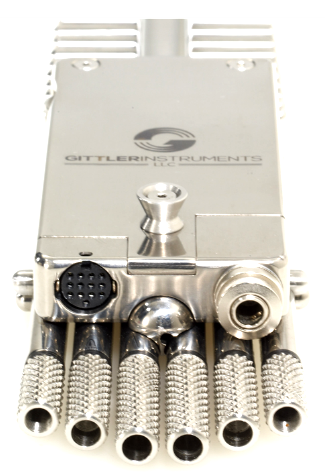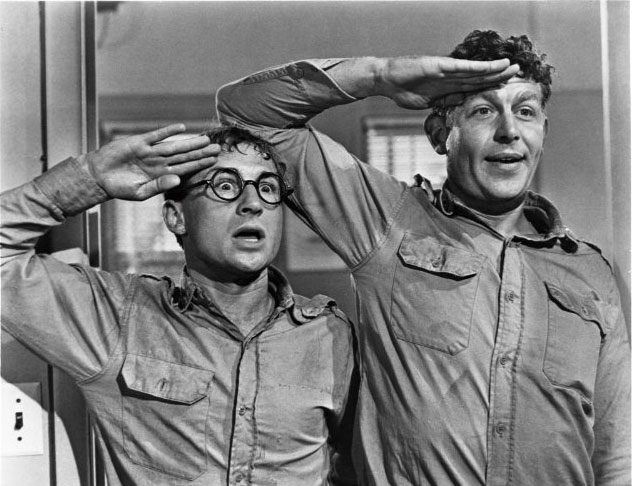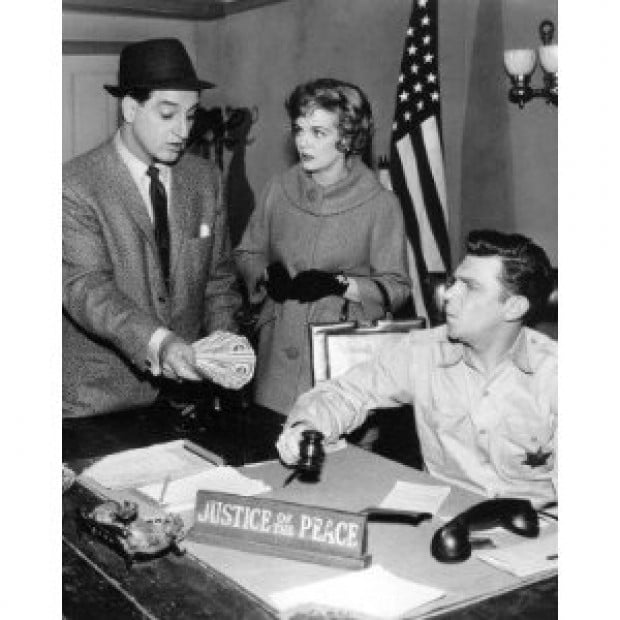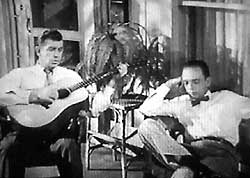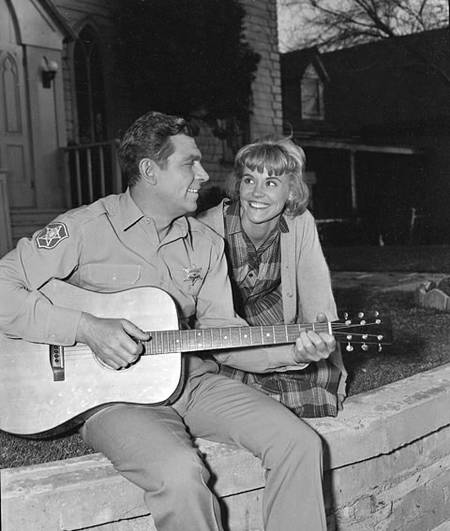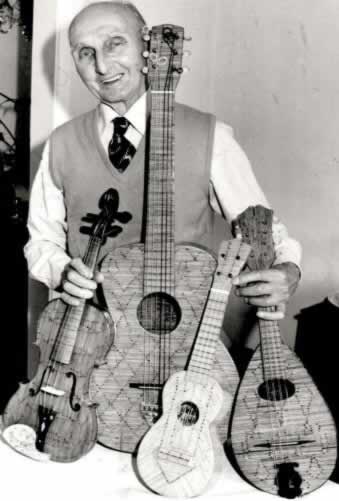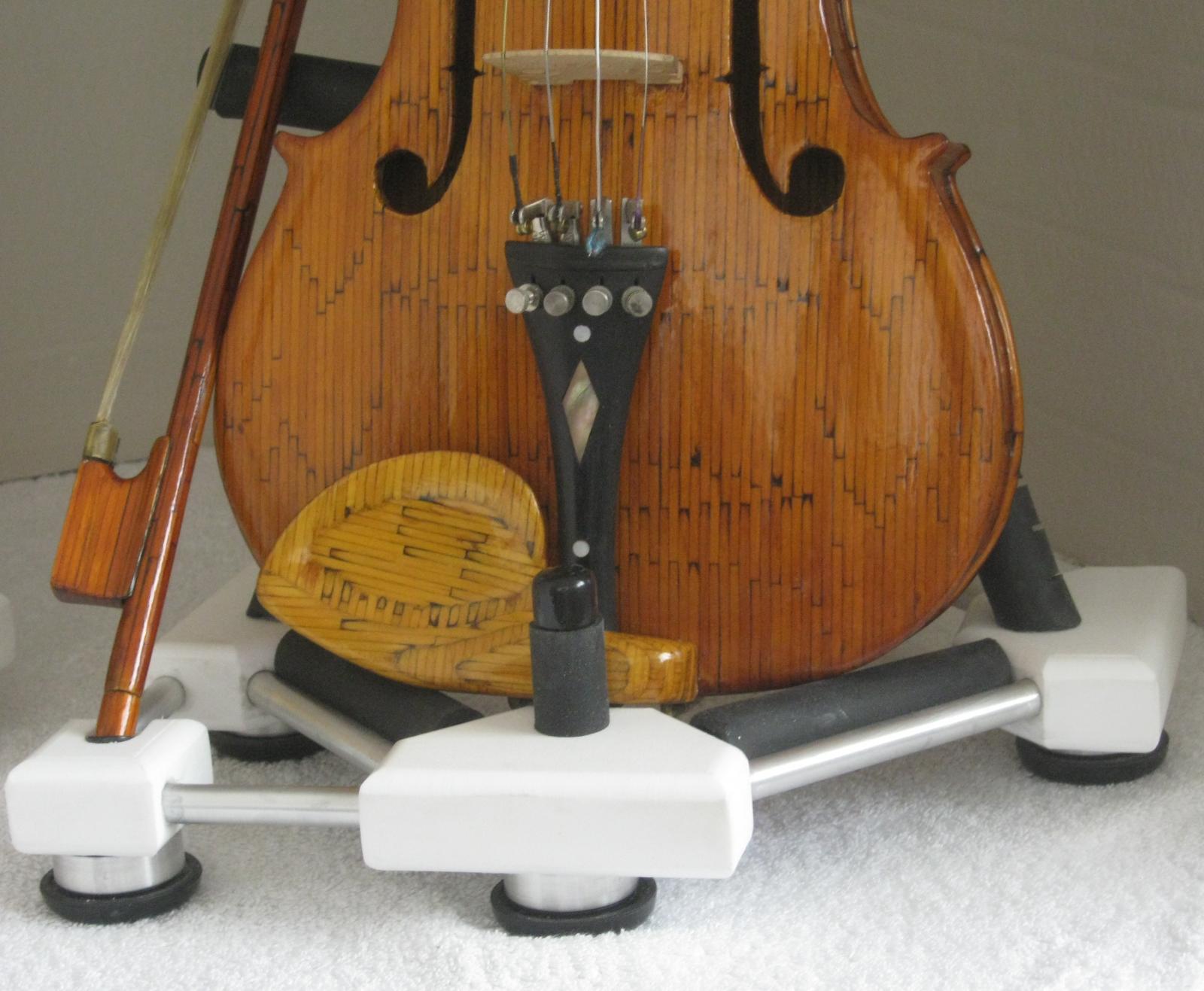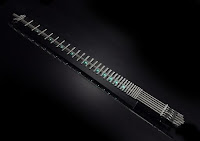 |
| The New Gittler Guitar |
This is great news and I hope this venture is successful. The Gittler Guitar is one of the most unique instruments ever invented.
My November 8th, 2009 featured information on the original Gittler Guitar.
 |
| Allan Gittler and Son NYC |
This instrument was designed by Allan Gittler as an experiment in the mid 1970's. The guitar was actually more of a minimalistic art piece than a guitar, however it caught on as guitarists began to hear about this strange new instrument.
The fact that Andy Summers of the Police played a Gittler in the Synchronicity II video helped spread the word.
Gittler's goal was to reduce the electric guitar to the most minimal form possible by eliminating such things as the body, the headstock and traditional tuners. His result was an instrument that some folks think looks like a metalic fish skeleton. Between the mid 1970's to the early 1980's Gittler made 60 guitars and 3 bass guitars in this fashion.
Allan Gittler introduced his guitar at a 1970's NAMM show. He stated the guitar was shown on a piece of black velvet with a single spot light on it. It caught everyones attention. One fellow asked him, "What is different about this?" Gittler replied, "You can play it underwater."
 |
| Aston/Gittler |
In 1982, Gittler emigrated to Hebron, in Israel and became a practicing and religious Jew and changed his name to Avraham Bar Rashi. There was still a demand for Gittler Guitars, so Bar Rashi licensed his design to an Israeli company in the town of Kiryat Bialik. This was Astron Engineer Enterprises LTD.
They were able to utilize computer design and machined aproximately 300 guitars. Their design differed somewhat from the originals, as they added a plastic body to house the electronics. Aside from that, the Astron built Gittlers are precise copies of the original.
While residing in Israel, Bar Rashi built a few wooden models of an electric guitar, that look nothing like the original. He also built a left-handed version for a friend.
Eric Slone, Marketing Director of Gittler Instruments, tells me the current owners of the Gittler brand, will be releasing an upgraded model of this famous instrument during the 2013 Winter NAMM Show.
The new company is run by CEO Russ Rubman, who had a very diverse background. He worked as a musician (bass and guitar), as an artist doing backgrounds for Disney features, and as a metallurgist, subcontracting for a defense contractor. He specializes in working with Titanium.
Yotanan Bar Rashi, son of Avraham, is the managing partner and is continuing to promote his fathers business.
Dr. Colin Joye is the Engineer/Innovator. He brings his electrical engineering degree from MIT and an extensive jazz background to the company.
And of course, Mr. Slone is the Business Marketing director. He has authored several books on guitar instruction.
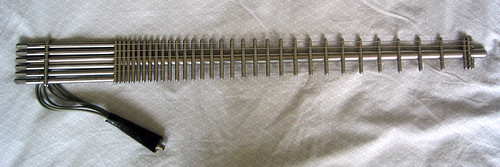 |
| The Original Gittler Guitar |
At the distal end of these tubes, the stings attached to a knurled adjustment knob for tuning. Like a Steinberger guitar, the strings ends attach at the top of the neck. The six tubes also housed individual pickups and preamps for each string.
The wiring for the pickups was routed to a 9-pin connector, which mixed to a 1/4" TS connector. The original models did not have the preamp section, so the individual pickups signals were led to single cables which could be plugged into a preamp.
The newer models have quite a few improvements.
In place of the plastic box housed on the rear of the Astron made Gittler guitars, the new guitars are equipped with an ebox (electronic box) that is housed in a metal casing on the rear of the guitar, just below the transducer tubes. The new guitar maintains the 6 individual pickups, but enhances their output capability, allowing the signal to go straight to a guitar amplifier through a1/4" output or using a 13 pin output that would allow the signal to go to a guitar synthesizer.
The new instrument is made of airforce grade titanium which is virtually indestructible as well as resisting corrosion. The bridge is adjustible. The guitar has active electronics and a tone shaping circuit housed in the Ebox. The strings have a locking mechanism, keeping the guitar in tune.
The new Gittler has strap anchor points. The Loxx strap lock system can be added as an option. And get this...it comes with LED fret position markers on the neck.
 |
| Gittler Headstock |
 |
| Gittler Pickups |
Please check out the link to the new Gittler Instruments. Notice I said instruments. There are plans to manufacturer for sale a Deluxe model Gittler guitar, a Gittler bass guitar, a Gittler upright bass and a Gittler violin.
Gittler Instruments LLC
I also encourage checking out a link to Willie Moseley's interview with Gittler/Bar Rashi that was published in Vintage Guitar Magazine's April 2003 issue for more information on the inventor.
Gittler Guitars - Interview with Avraham Bar Rashi - April 2003
Her are some examples of the Old Gittler Guitar.

